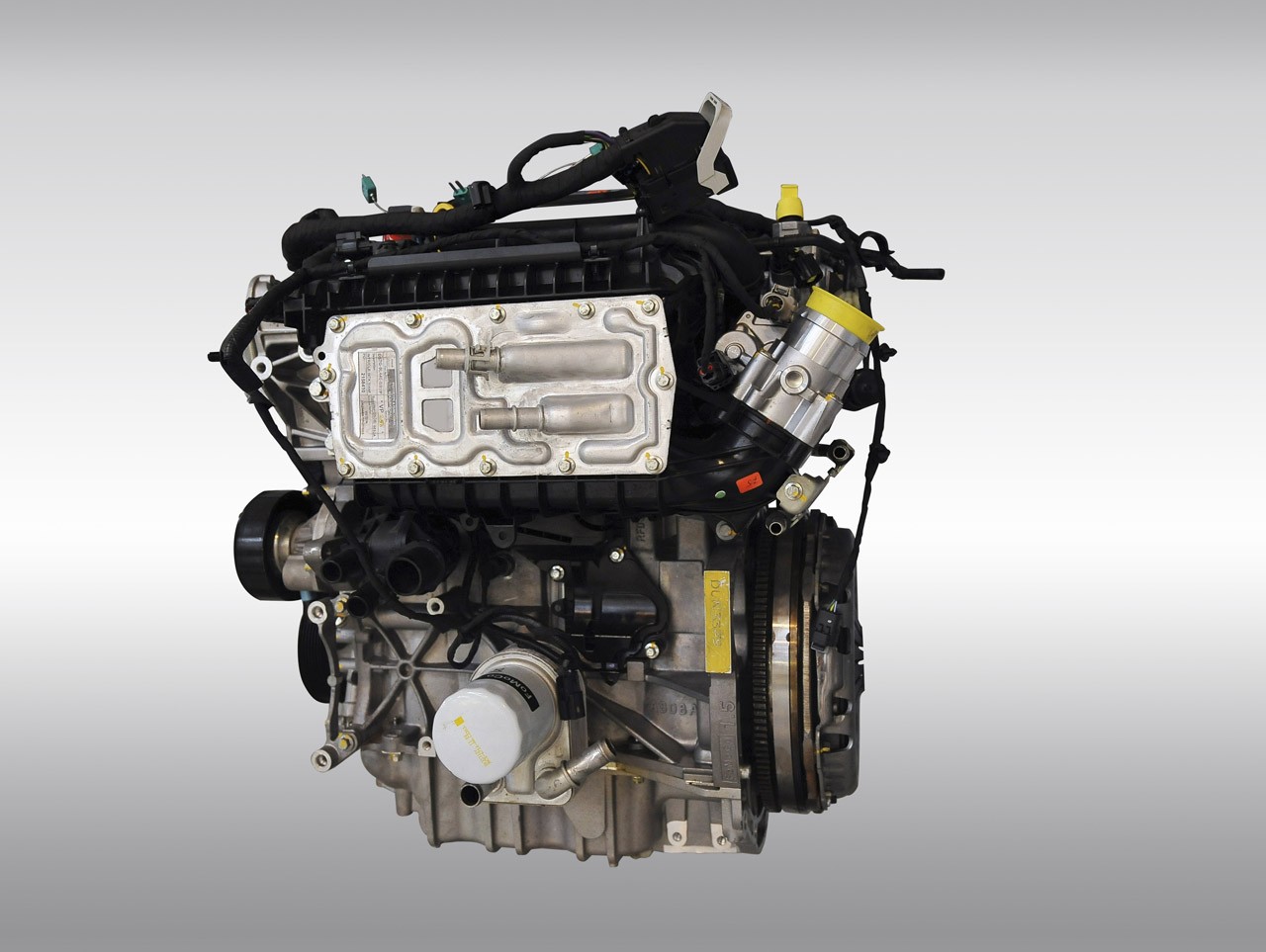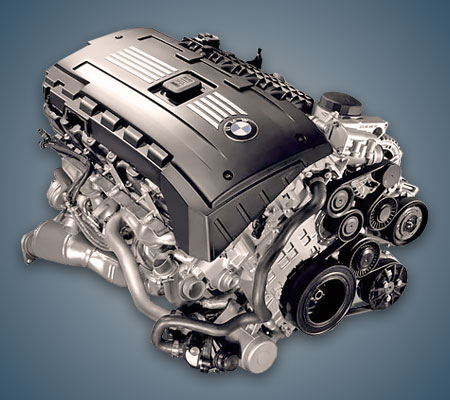
Ford's 1.5 Ecoboost engine - a good unit?
Content
- Ecoboost drives - what you should know about them?
- 1.5 Ecoboost engine - basic information
- Technical data - what is the unit characterized by?
- Design solutions - design features of the 1.5 Ecoboost engine
- The motor warms up quickly and runs stably. Behind this are concrete actions of designers
- Similarity to the 1.0li unit and quiet engine operation
- The combination of turbocharging and direct fuel injection ensures high performance.
- Running a 1.5 Ecoboost engine – a big expense?
In developing the 1.5 Ecoboost engine, Ford learned from past mistakes. A better cooling system was developed, and the unit began to work even quieter and more efficiently. Read more about the unit in our article!
Ecoboost drives - what you should know about them?
The first units of the Ecoboost family were built in 2009. They differ in that they use turbocharging and direct fuel injection. Gasoline engines were developed by the concern together with engineers from FEV Inc.
What were the intentions of the builders?
The aim of the development was to provide power and torque parameters comparable to naturally aspirated versions with a much larger displacement. Assumptions were justified, and Ecoboost units became characterized by very good fuel efficiency, as well as low levels of greenhouse gases and pollutants.
Moreover, the motors do not require large operating costs and are quite versatile. The effects of the work were evaluated so positively that the American manufacturer stopped the development of hybrid or diesel technologies. One of the most popular members of the family is the 1.5 Ecoboost engine.
1.5 Ecoboost engine - basic information
The 1.5L Ecoboost engine is set to debut in 2013. The design of the unit itself is largely similar to the smaller 1,0-liter model. The designers also learned from the mistakes made in the development of the 1,6-liter Ecoboost. We are talking about problems associated with the cooling system. The 1.5 liter model soon completely replaced the faulty unit.
The block contains the main solutions that characterize the Ecoboost family, for example. direct fuel injection and turbocharging. The engine was first used for the following models:
- Ford Fusion;
- Ford Mondeo (since 2015);
- Ford Focus;
- Ford S-Max;
- Ford Kuga;
- Ford Escape.
Technical data - what is the unit characterized by?
The in-line, four-cylinder unit is equipped with a fuel system with direct fuel injection. The bore of each cylinder is 79.0mm and the stroke is 76.4mm. The exact engine displacement is 1498 cc.
The DOHC unit has a compression ratio of 10,0:1 and delivers 148-181 hp. and 240 Nm of torque. The 1.5L Ecoboost engine requires SAE 5W-20 engine oil to function properly. In turn, the capacity of the tank itself is 4,1 liters, and the product should be changed every 15-12 hours. km or XNUMX months.
Design solutions - design features of the 1.5 Ecoboost engine
The 1.5 Ecoboost engine uses an aluminum cylinder block with cast iron liners. The designers settled on an open design - this was supposed to provide effective cooling. All of this was complemented by a brand new cast iron crankshaft with 4 counterweights and 5 main bearings.
What other solutions have been introduced?
For the connecting rods, hot forged powder metal parts were used. You should also pay attention to aluminum pistons. They are hypereutectic and have coated asymmetrical end caps to reduce friction. The designers also implemented a short-stroke crankshaft, which provides a smaller displacement.
Ford also introduced a compressed three-way catalytic converter which, combined with other technologies, means the unit doesn't produce a lot of pollutants. As a result, the 1.5 Ecoboost engine meets the stringent Euro 6 environmental standards.
The motor warms up quickly and runs stably. Behind this are concrete actions of designers
As regards the first aspect, the use of a completely redesigned aluminum cylinder head with integrated exhaust manifold was decisive. This leads to the fact that the heat of the exhaust gases heats up the drive unit. At the same time, the relatively low vapor temperature extends the life of the turbocharger.
It should be noted that the head has 4 valves per cylinder - 16 exhaust and 2 intake valves. They are driven by suitably manufactured, durable valve covers on the two overhead camshafts. The exhaust and intake shafts are equipped with a variable valve timing system developed by Ford designers - Twin Independent Variable Cam Timing (Ti-VCT) technology.
Similarity to the 1.0li unit and quiet engine operation
As mentioned earlier, the 1.5 Ecoboost engine has a lot in common with the 1.0 model. This applies, for example, to the modern camshaft drive system, which was borrowed from a three-cylinder unit of less power.
In addition, the 1.5L also has a timing belt running in engine oil. This results in a low noise level. It also makes the whole structure more durable. The designers of the Ecoboost family model also settled on an electronically controlled variable displacement oil pump, which is also driven by a belt in oil.
The combination of turbocharging and direct fuel injection ensures high performance.
The 1,5L Ecoboost engine is economical. This is achieved by combining a high performance Borg Warner low inertia turbocharger with a bypass valve and a water-to-air intercooler. The second component is built into the plastic intake manifold.
How it works? The high pressure direct injection system injects fuel into the combustion chambers through 6-hole injectors that are mounted on the cylinder head in the center of each cylinder next to the spark plugs. The operation of the applied equipment is controlled by the Drive-by-Wire electronic throttle and the Bosch MED17 ECU controller.
Running a 1.5 Ecoboost engine – a big expense?
Ford has created a stable drive that does not require high costs. Users appreciate the 1.5 Ecoboost engine for the absence of problems associated with the operation of the cooling system - errors made during the development of the 1.6L model have been corrected - the engine does not overheat. Thanks to this, both the turbocharger and the catalytic converter do not fail.
Finally, let's give a few tips. For the correct operation of the unit, it is necessary to use high-quality fuel. This is necessary to keep the injectors in good condition - otherwise they can become clogged and deposits can form on the back walls of the intake valves. The total service life of the unit from the Ford brand is 250 km. km, however, with regular maintenance, it should serve this mileage without serious damage.

